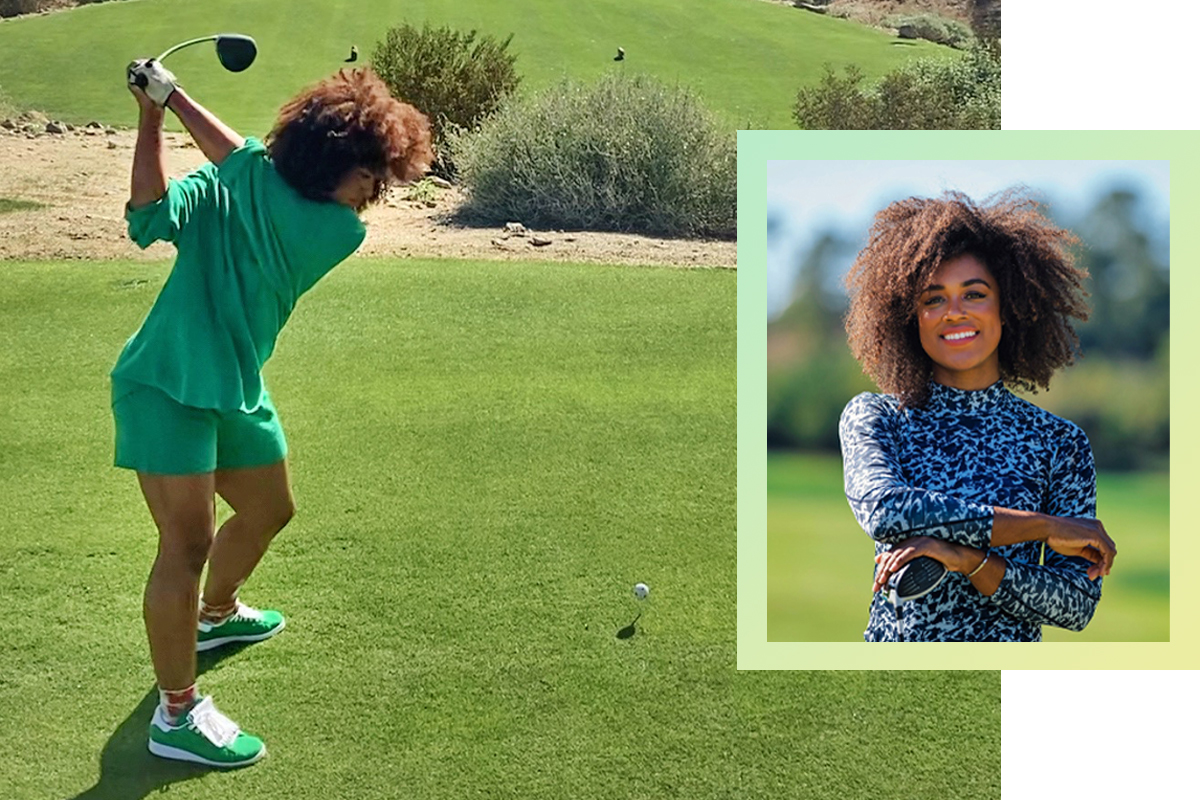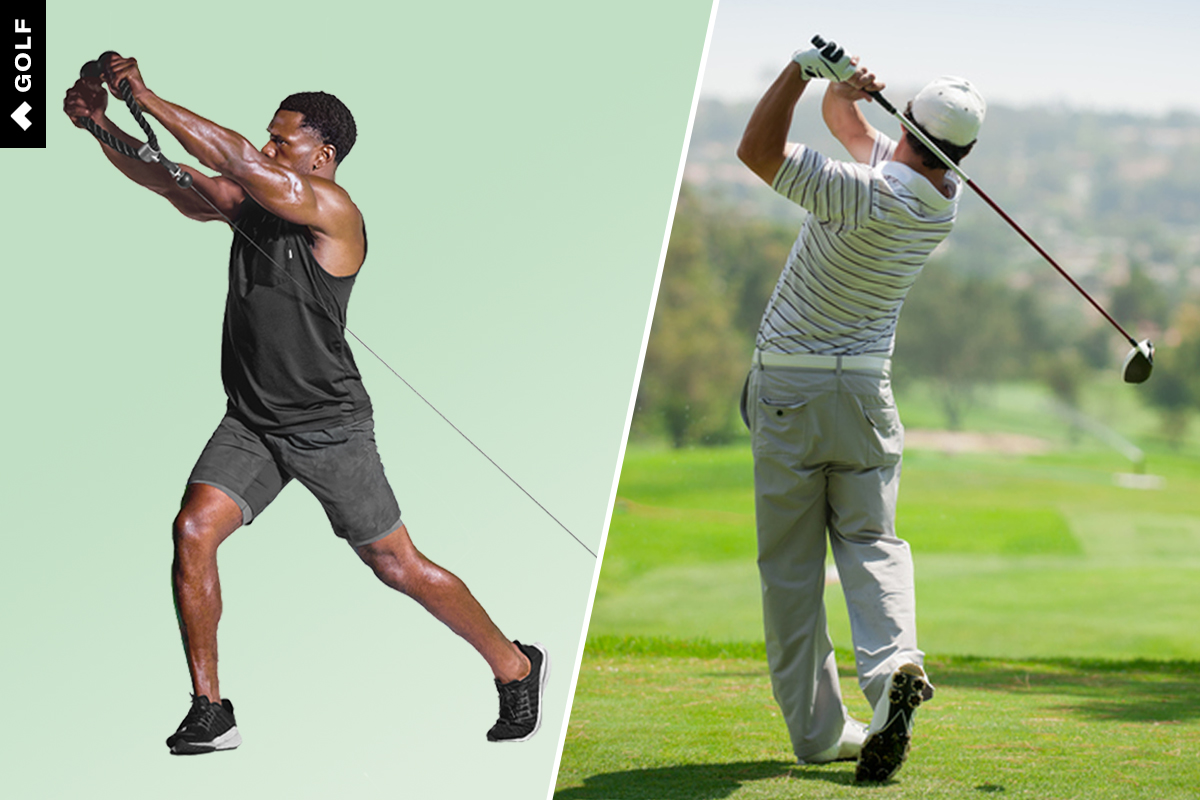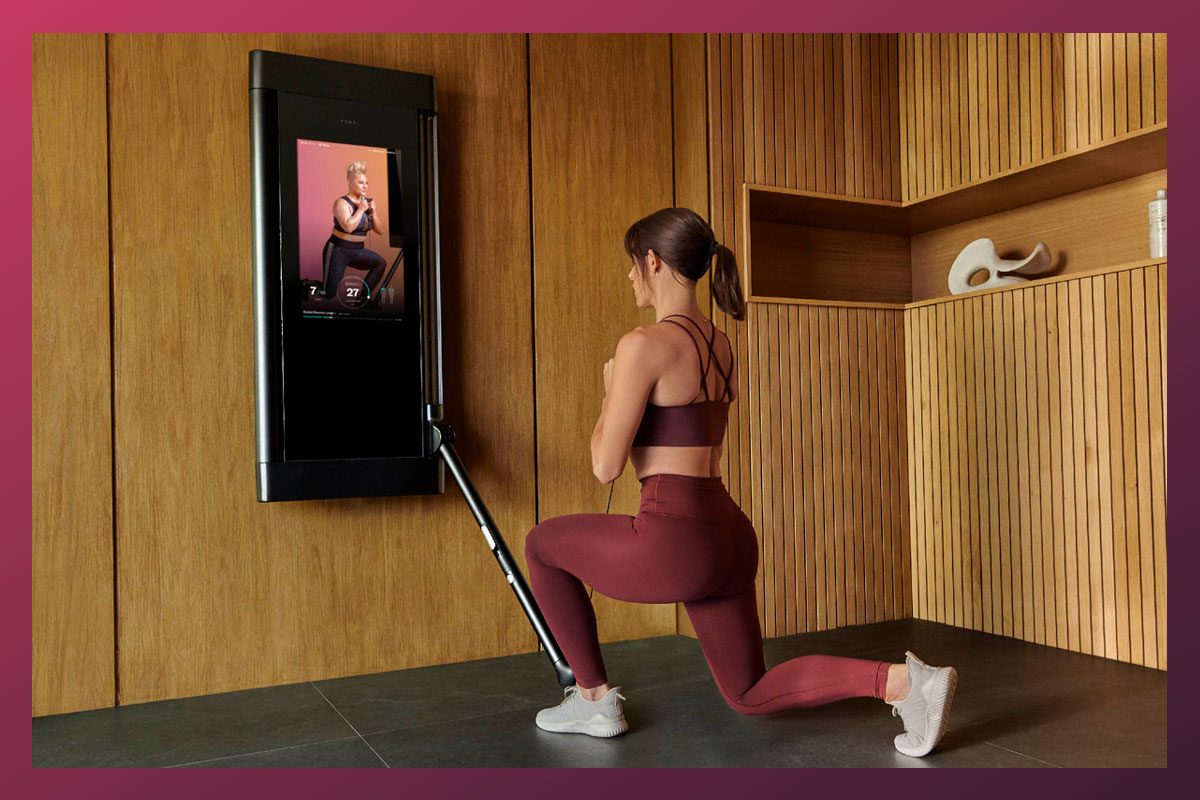The former collegiate heptathlete is one of only four women in the world to hit a golf ball over 400 yards.

Troy Mullins once hit a golf ball 402 yards. That’s just over four football fields, and at the time, in 2017, it was a new world record for the longest drive by a female golfer. For some perspective, male golfers on the professional tour average a drive distance of around 295 yards.
Aligning your body and mind to hit a golf ball that far, without losing control or putting your body in a compromising position takes hard work and a lot of natural ability, even for an athlete like Mullins. For the 35-year-old, it’s all about finding consistency from the moment she pushes her tee into the grass to her perfectly balanced finish.
Mullins is able to harness her full-body strength, power, and flexibility—honed as a heptathlete at Cornell University—to create clubhead speeds upward of 120 miles per hour when using a longer driver for long-drive competitions and over 115 miles per hour when using a standard-length club for regular play. Female professional golfers average 90 to 100 miles per hour with the driver, while male pros average 110 to 115 miles per hour.
The Los Angeles native has transitioned from long-drive competitions to focus more on golf tournaments, which often require more finesse to land the ball in the fairway. “I often find myself in two different mindsets when I’m on the tee box,” Mullins says. “Because a big part of me always just wants to go for it.” Here, she shares how you can do the same.
Choose the Right Tee Height
“If you’re going solely for distance, the phrase ‘tee it high, let it fly,’ works pretty much across the board. You want to hit up on the ball so it flies high, because the faster it comes down, the sooner it stops. That’s just inertia. I put the ball in the palm of my hand and use the length of my middle finger to have a consistent tee height. With a high tee I play the ball off my left toe. But, if you need to find the fairway, you probably want to move it back in your stance and tee it a bit lower so you have more control over where the shot is going. You hit more down on the ball and keep the ball flight down. It’s the same swing, but you change the tee height depending on what outcome you want.”
Set Up For Success
“Set up is key for hitting long drives. If I’m concerned about hitting the fairway and I want to keep the ball low, I’ll play it at the middle of my front foot or slightly further back, off my left heel. If I’m really going for it, I’ll play the ball just ahead of that front foot. Typically, to hit up on the ball, I’ll drop my back shoulder a bit and move my front shoulder slightly inward, so it’s aimed a tiny bit right of my target. That will create a draw, which is a ball that moves slightly from right to left for a right-handed golfer, which really runs out in the long-drive situation.”

Be Aware of Your Swing Path
“Swing path is really key to ball direction, and finding a repeatable swing path is something any golfer can do. I’m an in-to-out swinger. So, if you imagine the ball as a clock, I try to hit between four and five o’clock, which puts the driver on a path from inside to out. This part gets technical, but I try to match the degree that I am hitting out with the degree that I am hitting up. For me, that creates a simple, low-spinning shot with perfect ball flight; straight, with a bit of a fade from left to right. Will it equal 400-yard drives for everyone? Probably not, but being aware of your swing path can really help you make better contact.”
Find Your Balance
“You can’t achieve faster swing speeds without first having good balance, and the way you know if you have good balance is by whether or not you can hold your finish. If you go to the range, and you want to just hit bombs, but you keep falling all over the place, you’re not actually practicing anything. You may be swinging faster, but you’re never going to have a consistent ball flight if you can’t land the finish like a gymnast. I constantly work on my weight transfer, first really getting to my right side, then transitioning all that weight to my left side and holding it. You can do this without a club, or with other exercises in the gym. When you become accustomed to your current swing speed, and you can hold that finish, then you’re ready to start trying to increase it.”
Focus on Sequencing
“When you think of the golf club as a whip, it helps you to imagine letting the club do the work. You want to engage the big muscles of your lower body to generate power and just allow your arms to hold that whip, which is the driver. If you try to swing with your arms, you’re not going to get the clubhead speed you need for a big drive. That sequencing is so important, but even I struggle with it occasionally. Sometimes, my lower body outraces my arms, and the only way I can catch up is to use my hands. When that happens, I lose momentum and power.”

Get a Grip
“I have a very strong grip, but it is also light. In golf, a strong or weak grip doesn’t refer to how hard you squeeze the club, but rather to the direction in which your hands are placed on the club. If you look at my hands from the front, you can see all the knuckles on my left hand, which is my top hand. This helps to ensure my club face is square at impact and allows for solid contact even at very high clubhead speeds. However, my forearms are fairly loose; not so loose that the club will fly out, but there is definitely some movement and fluidity there that allows the club to move like a whip. If you have a death-grip on the driver, all that tension in your body is going to kill your club head speed.”
Be Flexible
“My ball flight is very much based on how my body is feeling. If my hips are tight and my legs don’t move, I’ll make an all-arm swing and my balls go left. lf my upper body is tight, they’ll go right. So, I stretch all the time, to keep both my hips and upper back loose. I have a very big shoulder turn in my backswing, and getting that range of motion allows me to generate club head speed without necessarily having to swing that hard. It lets the club do the work. I love the scorpion stretch, where you lay face-down and try to touch your hand with the opposite toe. Pigeon stretch is another great one, and you can do it while watching TV, so there’s no excuse not to stretch.”
Stay Strong
“As a college heptathlete who trained to sprint and jump and throw the shot put and javelin, I have always understood the importance of strength training. I golf five days per week, and I always do a workout afterwards. On Tonal, my favorite exercises are the single-leg Romanian deadlift, the bicep curl, the goblet squat, the tricep kickback and the resisted step-up. I do those all the time. Strength training is so important for generating full-body power, and for keeping the body strong to absorb the force of your swing and prevent injuries.”


